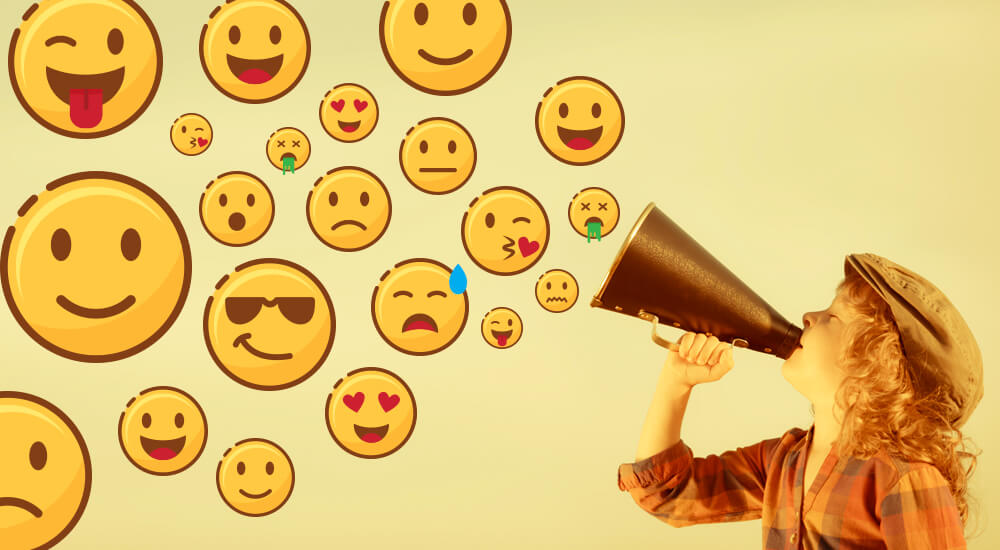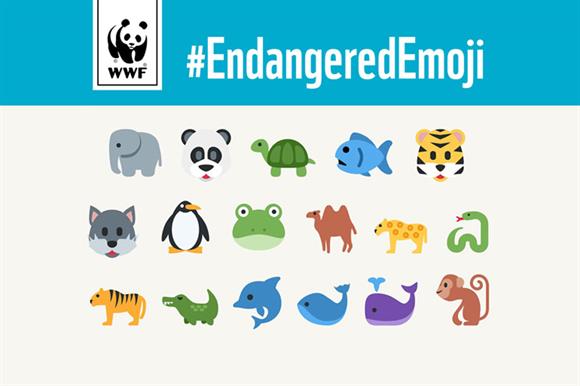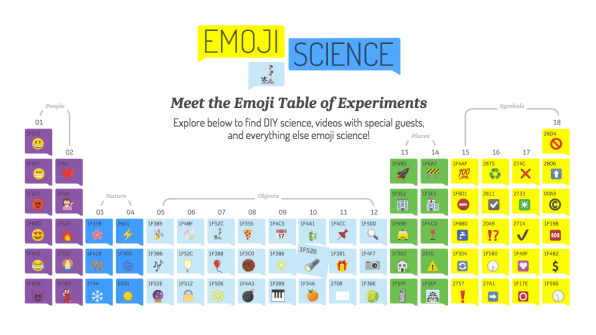Grand Child of Digital Marketing: Emoji Marketing

Ever noticed how often it happens that you tend to spend more
time on searching the right emoji in your messages, statuses and posts rather
than on framing the sentence? Ever wondered how steadily these cute, yellow-tinted
expressive faces are securing the places, the so-called punctuation used to
take? These miniature everyday-things depicting icons have gradually led to the
modern-day conversations traced back to the times when written communication
primarily meant series of sketches and pictures delivering the message.
The numbers indicate that pictorial content are more
successful in establishing a rapport with the viewer than textual content. Let’s have some
fact check. Nearly 4 out every 10 Millennials would prefer to revert back to
some cave painting-esque proto-language than bother to parse through a couple
of sentences. Millennials not only form a major chunk of employable and
bread-earning population but also most educated population. And if they have
been handcuffed by this trend, there is something for the marketers to dive
into, as they are the trend-setters.
One, of the most prominent trend in
this pictorial communication, emojis were introduced to our digital texting world
back in 2011 but reached near-ubiquity in the year of 2015. Since then most of
the communication mode of the commoners such as messages, emails, tweets, Facebook
and Instagram posts and statuses have been peppered with yellow faces of
diversified moods quite often. The revolution was soon enough to catch the
attention of the brands who want to capitalize on this latest craze. The impact
is so penetrating that it has given its way to an industry which is dedicated
to measure the ROI of these types of visual images campaigns.
Emoji started in Japan
but traversed its way to the U.S. due to United Consortium. United Consortium is
a regulatory body for presentation of texts across languages and platforms. How
much people love visually driven communication can be gauged from the fact that
in U.S. alone around 45 billion messages are sent across a day and 6 billion
emojis and stickers are traded across in the different social media platforms day
in and day out. They are the fastest growing language in the history of U.K. Testimonials
that prove the popularity of emojis are the creation of an “Emojipedia” and
celebration of “World Emoji Day” on July 17. “Emoji” was christened Oxford
dictionary word of the year for 2015.
The emoji phenomenon
have paved the way for currently floating over 250 branded emoji keyboards in
the market. The branded emojis can be interpreted as a new ad unit and are
measured by peer-to-peer shares. The peer-to-peer content sharing has charioted
the inclusion of emojis in the business and marketing communications of the
brands across different platforms. Inclusion of emojis in tweets have resulted in
an increase in engagement by 25.4 percent and emoji-fed Facebook posts can
relish a hike in likes by 57 percent and shares by 33 percent. Whether it’s a
customer service reply or a marketing campaign, brands across the globe have
adopted emoji-embedded communication because it not only presents them with a
way to ensure more engagement with the customers but also connect with the
customers in a fun, creative and informal way.
Time and again brands
have come up with innovative and creative emoji-led campaigns. Let’s have a
look at some of them.
1. World Wide Fund for Nature launched a
campaign where using 17 icons of endangered animal species will actually lead
to a voluntary contribution of £ 0.10 per icons that will be utilized
in saving the animals.

2. General Electric launched its “EmojiScience”
campaign where it expanded the scientific knowledge about the climate change with
emojis by using a 2-minute video. They preached learning science through an
interesting mode of emoji table of experiments on people, object, places and
symbols.

3. On World Emoji Day 2015 NASCAR
tweeted a “emoji-graphic” mosaic of some of the sports’ famous drivers.

4. Dominos initiated a concept of
ordering and delivering pizzas through tweeting emojis on Twitter which fetched
them a Titanium Grand Prix at the Cannes Lions International Festival of
Creativity.

5. Hillary Clinton launched a set of 30
emoticons, stickers and GIFs called Hillarymojis during her presidential election
campaigns to tap the interest of young supporters.

Platforms like Instagram and
Snapchats have exploded the popularity of emoji marketing as emojis constitute
nearly half of the comments and captions there. But there are certain
precautionary tips for the new-age marketers who wish to join the bandwagon of
emoji marketing that can prevent the trend from backfiring. One should exactly
know which emotion they want to invoke and hence which emoji to use. Ensure that the
time and event is right for a emoji decorated message. Keep the number of
emojis right so that the numbers don’t overshadow the message.
In the nutshell emojis present a
great way to voice your message. After all “why punch out five characters when
you can punch out one to say all.”
REFERENCES:


Comments
Post a Comment